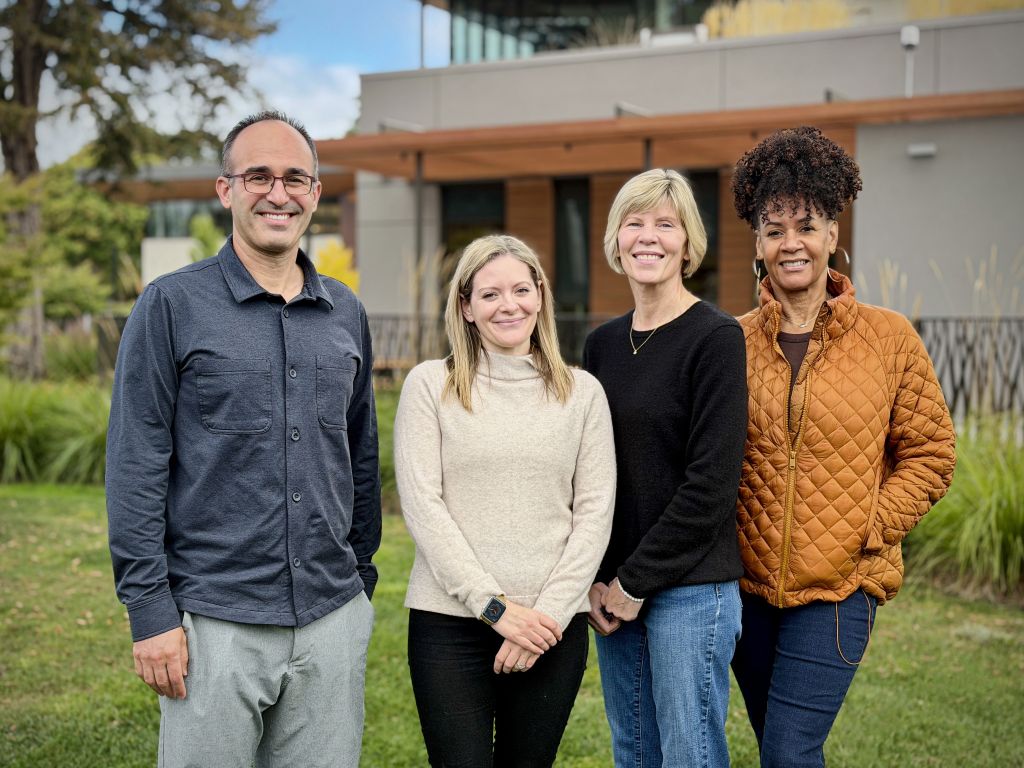Belmont
Carlmont
Carlmont is one of the most diverse neighborhoods in Belmont
The diverse neighborhood closest to (in fact, including) Belmont’s modest downtown area is appropriately called “Carlmont.” Why is this so appropriate? Because like its name, the neighborhood seems equal parts San Carlos and Belmont. The area includes Twin Pines Park — one of the city’s most notable landmarks — and the lauded Charles Armstrong School, one of the region’s most well-known for serving dyslexic students
Carlmont is bordered by El Camino Real to the east, Alameda de las Pulgas to the west, Ralston Avenue to the north and San Carlos to the south. Its eastern portion of includes Belmont’s oldest and most walkable intact neighborhoods.
The residential streets south of Twin Pines Park, the Belmont Civic Center and downtown consist of neat, small homes climbing up and down gently sloped streets, a layout similar to that of San Carlos’ Cordes neighborhood, just across the border to the south.
This area is the product of the Bayview Heights Corporation, a division of the Harbor Development Company, which began large-scale development in 1927 as part of a much more ambitious push to create a working harbor in Belmont. Deed restrictions limited the size of individual homes to 1,200 square feet. Bayview Heights is only part of Carlmont’s story, even in the neighborhoods near downtown. It’s fairly easy to spot the houses that predate the Bayview Heights era; they’re the huge Mediterranean-style homes along Sunnyslope Avenue.
Further west, as the neighborhood's already-sloping streets become steeper and Carlmont’s homes become newer, less uniform and larger, more in line with the rest of Belmont. The city’s familiar tropes – winding, sidewalk-free residential lanes, untamed greenery, sprawling, hillside homes built in the 1960s and 70s, views stretching to San Francisco Bay – are apparent here. As with all of Belmont, this part of Carlmont has its outliers, though. Homes along Escondido Way, for example, are the kind of high-end late-mid-century ranchers one might find in parts of Hillsborough or just outside San Carlos’ Devonshire Canyon.
Carlmont neighborhood, ends at Alameda de las Pulgas, across the street from its namesake, Carlmont High School. Here, tucked in behind Belmont’s second retail hub, the Carlmont Village Shopping Center, is another type of Belmont living: a classic, 1950s subdivision, with one- and two-story homes in the 1,500 – 2,000 square-feet range, some with western-facing views.
Because its housing is so diverse, Carlmont real estate prices are all over the map, beginning with smaller homes near downtown (selling for anywhere between $1and $1.9 million) and ranging all the way up to the 2,000-plus square-foot bay view mini-estates at the top of the hill, which can fetch well over $2 million in today’s market. This is Belmont’s blessing and its curse; there is no “typical” Belmont neighborhood.
-
770
Homes
-
$2.53M
Median Sale Price
-
$2.62M
Average Sale Price
Pricing data based on single-family homes
On this page
Carlmont
Stats & Trends
Home Data
Per tax records
1 Bedroom
1
home
2 Bedrooms
122
homes
3 Bedrooms
490
homes
4 Bedrooms
118
homes
5+ Bedrooms
39
homes
Duplex
4
homes
2022 Price Data
Number of Sales
13
sales
Percent List Price Received
118.0%
Median Sales Price
$2.53M
Average Sales Price
$2.62M
Lowest Sales Price
$1.67M
Highest Sales Price
$3.73M
Carlmont on the Map
Schools & History
History
If Angelo’s Corners is where Belmont began, Carlmont is where it found its footing. The neighborhood (adjacent “Antique Forest Homes”) includes Belmont’s downtown, which was plotted in 1864, some 64 years prior to incorporation.
It also includes Twin Pines Park, once the home of John McDougal, the second Governor of California but by the 1860s the nascent town’s biggest tourists draw. Owned by German immigrant Carl Augustus Janke (who also owned the Belmont Soda Works, producing over 1,000 bottles of sarsparilla per month), Belmont Park was fashioned as a sort of German biergarten and was rented out for parties and gatherings, sometimes with attendance soaring into the thousands. A special train, in fact, ran directly from San Francisco to Belmont to handle the demand.
Unfortunately, with these crowds came rowdiness, brawls and even a few murders. Though Janke built a private jail to handle problem guests, train service ceased and Janke’s park shuttered, its land eventually used for one the many sanitariums that arose in Belmont during the early 1900s. A later director of the sanitarium gave it the name “Twin Pines.” In 1973, one year after the Twin Pines Sanitarium closed, the city established Twin Pines Park, leaving sanitarium buildings as historic landmarks.
During the 1920s, Belmont, though described by a local in the book “Belmont as We Remember It” as having “nothing west of the (railroad) tracks,” had big ambitions. One plan involved dredging the slough at the town’s eastern border, building a large harbor and calling it “Port San Francisco.” Promoters drew up maps, visited schools and evangelized their project, only to see their dreams evaporate during the Great Depression, leaving in their wake only the newly-minted neighborhood of Bayview Heights. Before that, recalls early Belmont Realtor Russel Estep in his history of the city, “The area was called ‘Sunnyslope,’ but there were only three houses there.”
Most of western Carlmont, like the rest of Belmont, was originally dairy and farm land, ripe for development after World War II. The Carlmont Village Shopping Center was built during the heady post-war boom, providing shopping options for Belmont’s growing west side. Two decades later, Carlmont was almost completely built-out.

Contact Raziel to find the right property for you.
With a team of experts guiding you every step of the way, our extensive knowledge and experience will ensure you have the best home buying experience possible.




